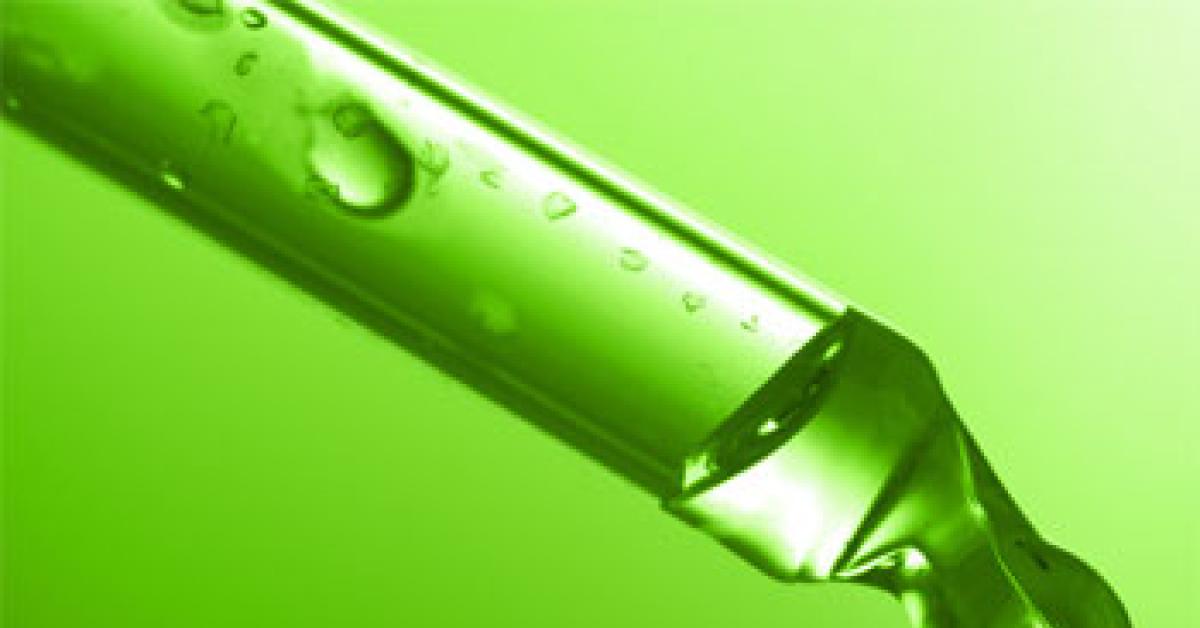CONCORD, N.C. — The stain-removal seminar was arranged for operators with less than 18 months experience. Just back from a break, I had started my discussion of tannin stain removal. After going through the protocol for the first time, a lady raised her hand and stood. With the conviction of a Baptist minister, she said, “You can’t do that.”
I asked her to explain. “They told me that the stains all come out in the cleaning machine,” she said. “You are wasting time and money. You can’t stay in business spending that much time on a garment.”
I wish that what she said was true. If it were that easy, a lot more people would succeed in the industry. But there will always be garments that demand more time and attention to clean.
Spring and summer bring garments with stains from home fix-it projects, such as mud, caulk and wood stain, and “mud” can be made of many components. The best way to deal with mud is to use water, if possible, and hang the items to dry. After the garment has dried, inspect it for any staining left behind. Flush residues with NSD and steam, and assume that any stain left is the result of dyeing by natural earth, which will require bleach to remove.
Most caulking that finds its way onto a garment can be easily removed if treated within 48 hours. However, caulk is designed to resist weather (water) after it dries. By the time the garment reaches the drycleaner, it must be treated on the dry side.
Apply a paint, oil and grease (POG) remover to the stain, and tamp to break it up and allow the product to penetrate. Then, dryclean the garment as usual. If there are still traces of caulk left, apply amyl acetate to the stain, tamp, and reclean the garment as normal.
Wood stains are combination dry-side stains—a combination of paint and dye. To get at the pigment in the dye, you must first remove the crust formed by the paint portion. Do this on the dry side, using a good POG. Apply VDS to the stain and use gentle mechanical action. Apply the POG on top of the VDS, apply additional mechanical action, and dryclean as normal.
After cleaning, look for traces of stain. Place them over the vacuum nose of the spotting board and flush the area with steam. Place the stain over the solid portion of the board, and apply tannin formula and mild mechanical action. Flush with steam and repeat if necessary. If there are still traces of pigment, consider a reducing bleach—titanium sulfate for bluish stains, and sodium hydrosulfite for reddish stains.
Spring and summer also bring in household items that have been used all winter, including bedspreads, shams and comforters. If you have good knowledge of fibers, fabrics and dyes, you may ask for a release to allow you to deliver a superior job by wetcleaning a dryclean-only item—especially on nonmatching household items.
I don’t recommend wetcleaning “Dryclean only” items if there are multiple, matching pieces. But customers use a multitude of covers on the lap and body, which often contain food, beverage and pet stains that have aged over the winter. Once you get a signed release, pretreat stains with the appropriate wet-side stain remover, and allow it to penetrate for about five minutes. Wetclean the item without further treatment.
Reduce mechanical action in the wheel to about one rotation in each direction per minute. Use cold or cool water (<90 F) and a pH-neutral or slightly acidic detergent; I like to add about an ounce of acetic acid to ensure a good pH level. Use temperatures of about 130 F in drying until you reach 10% relative humidity, then switch to a no-heat cycle until the garment is completely dry.
When you exceed customer expectations, you get them talking—the cheapest and most sincere type of advertising. But satisfying customers often takes extra time and added expertise to achieve.
Have a question or comment? E-mail our editor Dave Davis at [email protected].

